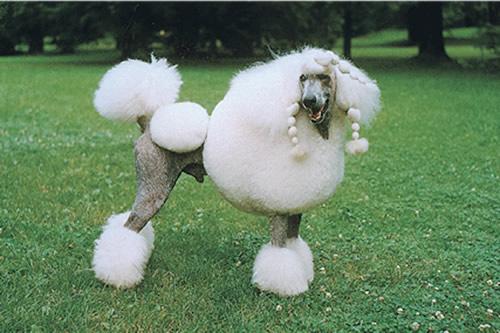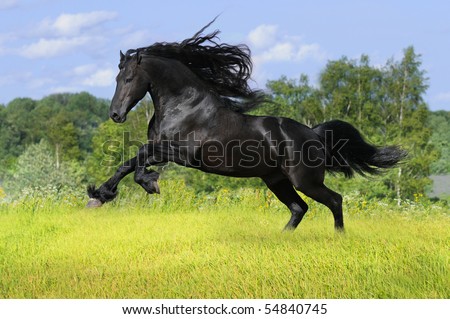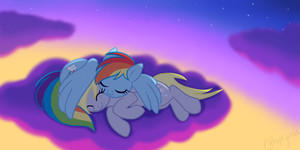Where is it explicitly said in these videos ???
In the first video we can see just a typical cavalry training of accuracy in using melee weapons.
The Winged Hussars did similar exercises with their long lances - targetting a small ring with their lance while charging at full speed:
This photo shows modern reenactment of such kind of training:

However, I don't see how this type of training indicates that they were trained to "avoid hitting the target" with their horses?
Of course they would hit with lances and slash with swords.
But when you charge a dense line of infantry you will slash one infantryman with sword and ram the one standing next to him with horse.
That's quite obvious.
I'm not sure about which Hussars you write - Hussars light cavalry or Hussars heavy cavalry (Polish-Lithuanian Hussars).
Polish Winged Hussars surely were trained to both jumb over obstacles, but also to ram obstacles with their horses.
They are credited with ramming things like solid wooden fences using simply chests of their horses in several battles.
If a horse had no problem with ramming a solid wooden fence, I'm sure it had no problem with ramming a man.
Of course cavalry can also jump over obstacles.
================================================
There is no war movie which is "very realistic", to be honest. Regardless of what kind of warfare it shows (modern, Medieval, WW2, WW1, ancient, etc.).
Movies are usually more "effective" (especially more bloody in terms of casualties per second and how many hectolitres of blood are shed each second) than real war, because of course you need attention of public to earn money from your movie. On the other hand, they are less realistic in many aspects because you simply can't accurately show these aspects without endangering lives of actors (both human and animal actors).
Of course computer technique is what can help. But it also doesn't solve all the problems.
Yes I do. I was thinking rather of older times - Middle Ages and Early Modern Era. When warfare was more similar to Ancient times than in 19th century.
How do you know it?
Anyway - regardless from which side you charge - frontal assault, flanking assault, rear assault, etc. - it always will involve some ramming.
If you want to hit enemy line - no matter from behind, from the flank or from the front - you will have to hit (i.e. ram).
He did use frontal assault as well as flanking assault.
There is no flanking assault which is efficient without a frontal assault.
If you want to flank some unit or attack it from the rear, you have to engage it from the front first.
In other words - anvil will never be efficient without a hammer. That's why its "hammer and anvil" tactics - not "anvil tactics"...
As long as they had sunny weather they could use their horse archers.
Archers are not efficient during heavy rain so it was one more reason to use archers as long as it was possible.
And when it would start to rain, they would stop using archers and charge. But it didn't so they used archers for several days.
x between 29 and 219 =





 Reply With Quote
Reply With Quote
























